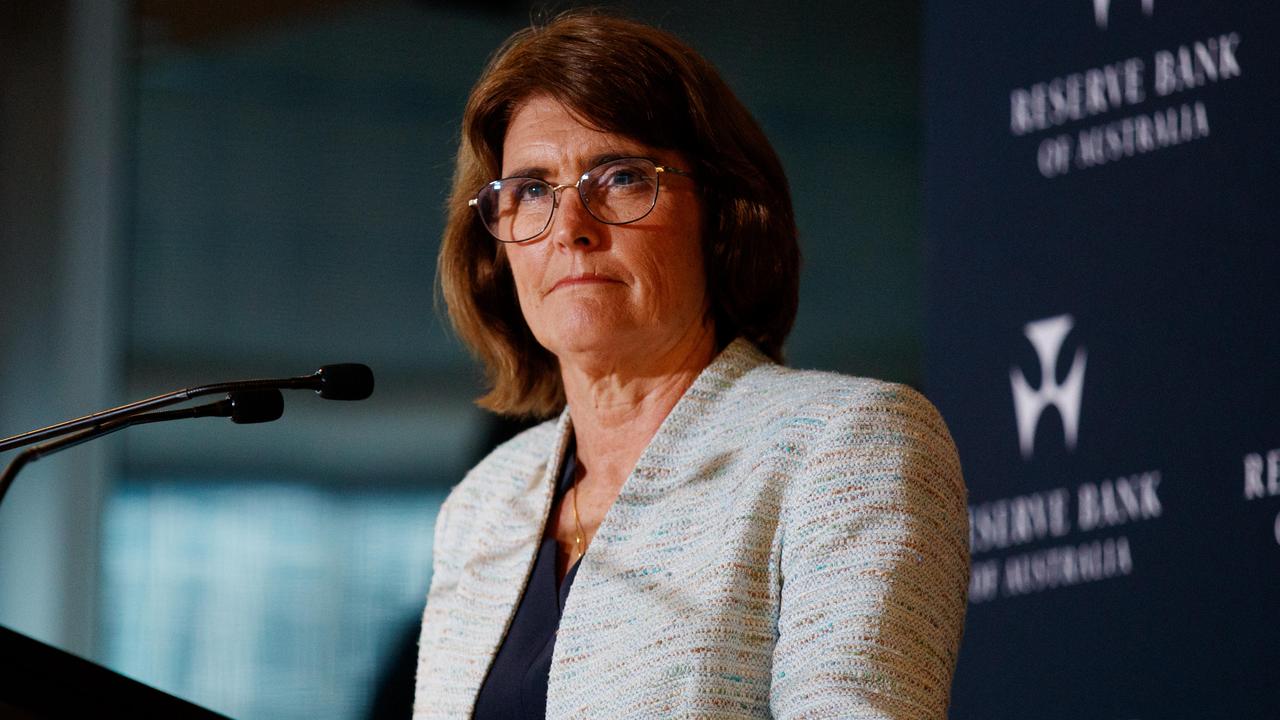Interest rates to rise again in 2024 warn economists
Aussie homeowners thought interest rate hikes were over but now alarm bells are sounding again.
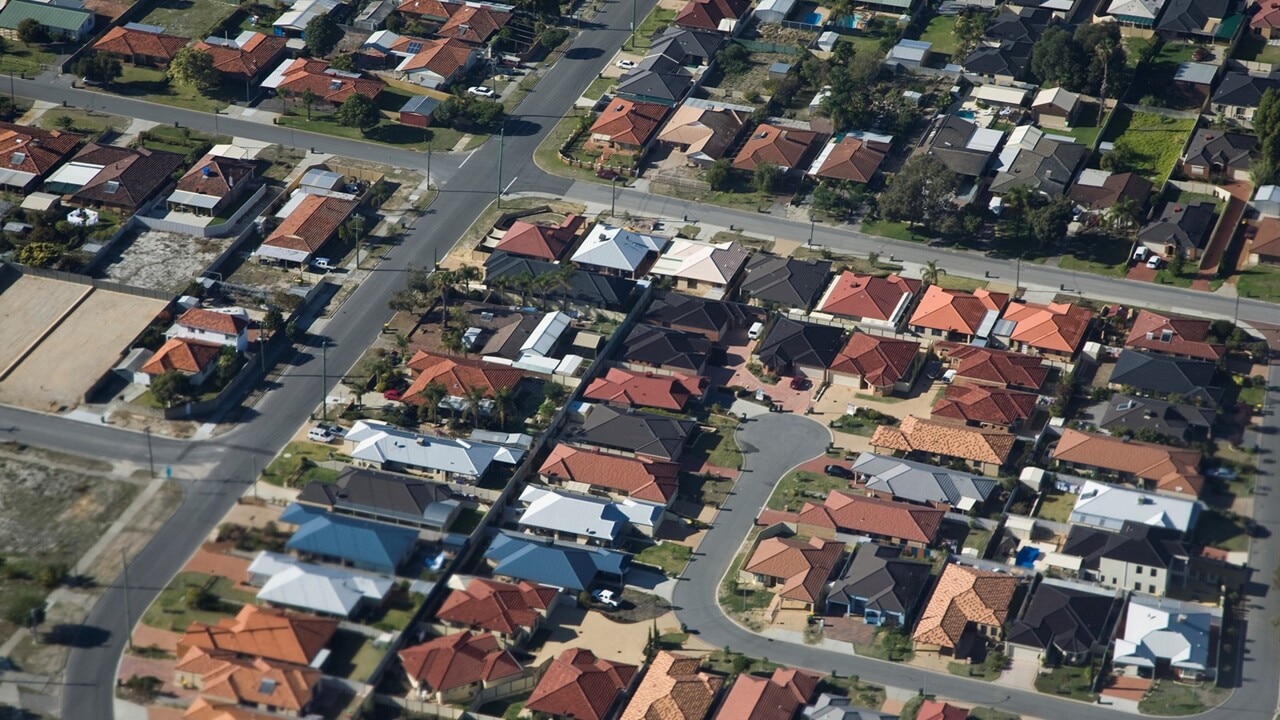
Interest Rates
Don't miss out on the headlines from Interest Rates. Followed categories will be added to My News.
Homeowners are nervously waiting to see if their mortgage repayments will jump again as economists warn that interest rates could be hiked.
It comes as almost a quarter of Australian homeowners are worried about having to sell their properties due to the cost of living crisis, which has also seen mortgage repayments jump by thousands a year as interest rates skyrocketed from a low of 0.1 per cent to 4.35 per cent.
A survey by financial comparison service Compare the Market found 21 per cent of homeowners have sold or are worried about having to put their property up for sale after millions rolled off fixed rates.
The latest Roy Morgan data also showed 1.53 million mortgage holders were at risk of mortgage stress in March this year, down 98,000 from February, but virtually unchanged from December 2023.
Westpac chief executive Peter King laid bare the stress the country’s aggressive rate hike cycle has put on homeowners, with the bank’s “customers in hardship” measure doubling in just a year.
The Reserve Bank is holding its next meeting on interest rates on Monday and Tuesday amid fears that rates could be increased again as employment holds strong and inflation remains difficult to contain.
A decision will be made public on Tuesday afternoon.

‘Trigger a recession’
University of Wollongong’s banking expert Dr Paul Mazzola issued a chilling warning that a decision to hike interest rates could plunge Australia into recession.
He said Tuesday’s interest rate decision is particularly important in the Reserve Bank of Australia’s (RBA) attempt to put the inflation genie back in its bottle.
“The annualised inflation rate to 31 March 2024 has declined from 4.1 per cent to 3.6 per cent. This marks the fifth consecutive quarter of lower annual inflation since the peak of 7.8 per cent in the December 2022 quarter,” he said.
The banking expert said while this is offering welcome relief, economists are concerned it is not enough.
“Spending has reduced but is sticky, with some items in the Consumer Price Index basket moving backwards. We’re at a delicate stage in the process. If we get it wrong, we could either unleash unreasonable inflationary expectations leading to an inflation spiral, or trigger a recession,” he warned.
“It’s not an enviable position for the RBA board. The trick is in analysing the data in detail and understanding the limitations of monetary policy.”
Dr Mazzola said the latest data showed that the principal driver behind the March quarter inflation rate is services inflation, including rents, secondary education, tertiary education and media and hospital services.
“It is arguable whether an increase in the cash rate would impact greatly on most of these necessary and inelastic expense items,” he added.
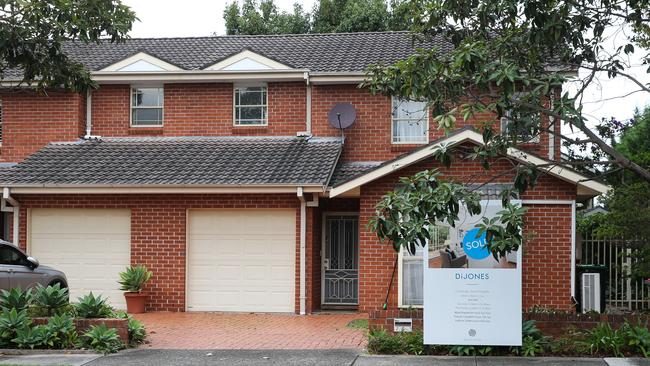
The big four forecasts
Australians with mortgages have suffered through the most aggressive rate hikes in decades after they were raised 13 times between May 2022 and November 2023.
One of Australia’s biggest banks made a devastating new prediction for Aussie homeowners.
Commonwealth Bank of Australia’s head of economics, Gareth Aird, said that not only were further rate rises now a “near‑term risk”, but any cuts will also come slower than previously expected.
Most of the expected cuts will likely be pushed back to 2025, he said.
NAB believes interest rates will remain on hold before dropping to 4.1 per cent in December. By September 2025, rates will slide to 3.35 per cent, according to NAB.
Westpac anticipates that the RBA will leave the cash rate unchanged at 4.35 per cent and its next move will still be to cut interest rates.
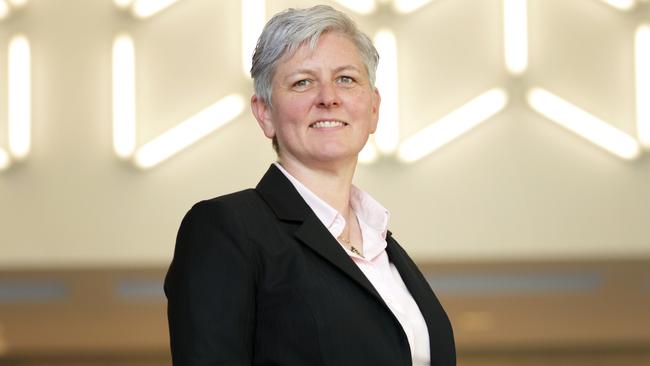
While an argument for a rate hike hangs off the surprise in the March quarter inflation and labour force data – Westpac’s chief economist Luci Ellis wasn’t convinced this would prompt the RBA to increase.
“The nagging doubt around that course of action is that this was what happened last November, only to see a significant downside surprise in the December quarter inflation and real-side data,” she explained.
“Past surprises are most relevant for what they say about the future. There is no point warning that the disinflation journey could be bumpy if you then treat every bump as a change in trend.”
But there are alarm bells that would mean the RBA would need to raise rates, she noted.
“Consider a scenario where services inflation fails to decline further, the federal budget later this month is more expansionary than expected, and the Fair Work Commission hands down a
decision for an increase in the minimum wage not much below last year’s outsized result, even though inflation is much lower one year on,” she said.
“None of these outcomes seem likely given the atmospherics, but it is understandable that policymakers might want to see the actual results, and a bit more progress on inflation, before even thinking about cutting rates.”
ANZ’s economists have forecast the RBA will start to cut rates in November this year.
However, a top forecaster issued a dire interest rate warning, predicting that the Reserve Bank will be forced to hike three times before the end of the year.
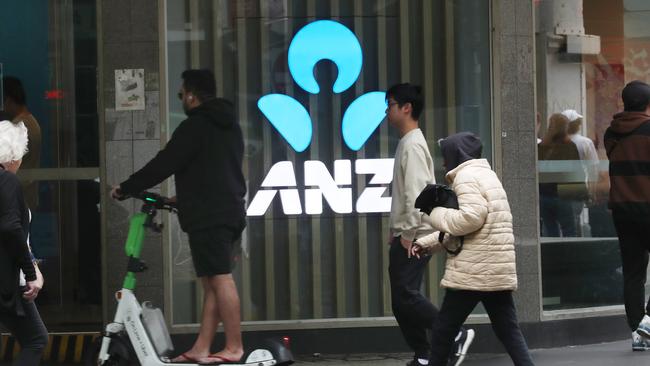
‘Biggest threat’
KPMG chief economist Brendan Rynne said he expects interest rates to remain on hold for much of 2024 before a possible cut towards the end of the year.
“The biggest threat to this – and of inflation taking off again – is fiscal policy going into expansion mode in next week’s Budget,” he said.
“The RBA will have noted last week’s decision by the US Federal Reserve to keep rates on hold and its guidance that this will stay unchanged for some time.
“The Fed indicated that rate cuts will be held off until the Bank gains greater confidence that sufficient progress has been made on taming inflation – but it also dismissed fears of any rise. I see the same happening here.”
Higher interest rates for a prolong period of time will pull spending down and the employment market will weaken, he added, while the inflation surge last month was likely temporary.
“Although last month’s quarterly rise of 1 per cent was above market expectations, the overall data indicates the inflation surge may be nearing its end,” he said.
“The largest drivers of inflation in the last quarter was from two categories which always have a price surge in the March quarter – education and health.
“But following the March quarter, these two categories then don’t tend to add any more to inflation for the next three quarters – so in effect they’re now out of the inflation equation until March 2025.”
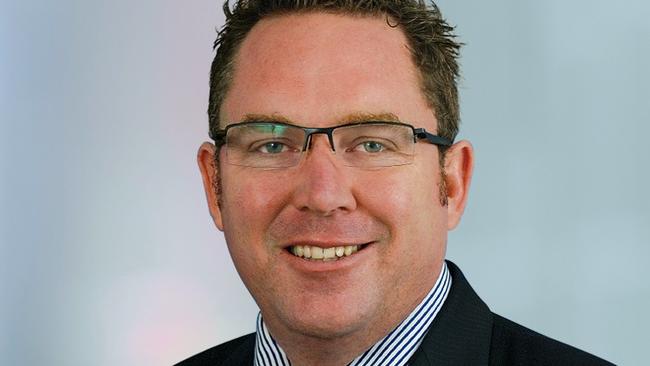
However Dr Rynne warned the actions of policymakers will be crucial to an interest rate cut.
“A Budget which lets loose the purse strings will simply see fiscal policy pressing even harder on the accelerator while monetary policy is pressing on the brakes,” he said.
“Already government spending as a total of GDP is around 27 per cent compared to the pre-covid average of around 24 per cent. This is too high.”
Homeowners need to take action
New analysis from financial comparison site Mozo revealed Aussies have collectively paid $60 billion more to cover their mortgage since the rate hiking cycle began in May 2022.
Aussie mortgage holders have been hit harder and faster by rate hikes than other advanced economies, despite the RBA cash rate sitting almost 1 per cent lower than US and UK central bank counterparts.
“In comparison to other economies, Aussies really feel the pinch of every cash rate hike, and this can be seen in the exorbitant amount of interest now being paid on mortgages down under,” said Mozo banking and rates expert Peter Marshall.
“Aussies are paying $60 billion more a month in repayments than they were two years ago, so it’s highly unlikely the RBA will hike the cash rate for a 14th time, but they’ll certainly be indicating the risk of a hike in their statement next Tuesday.”
“Announcing the risk of another rate hike is part of the effort to produce the same consequences, without having to actually hike the cash rate again, as the RBA won’t want to increase the cash rate unless it’s really necessary.”

Mozo analysis showed Australians are paying roughly $3 billion more every month just to cover their mortgage, based on the latest average loan size data and average variable interest rate.
But some homeowners may have become complacent too. The latest ABS Lending Indicators seasonally adjusted data showed refinancing is the one part of the housing lending market that has stalled.
Refinancing to a new lender is down for the month by 2.5 per cent and has dropped down to $5.5 billion from its all-time high of $21.5 billion in July 2023.
“Maybe the prospect of longer delays for interest rate cuts after the March quarter inflation data will bring back refinancers,” noted Canstar’s finance expert Steve Mickebecker.
Originally published as Interest rates to rise again in 2024 warn economists





